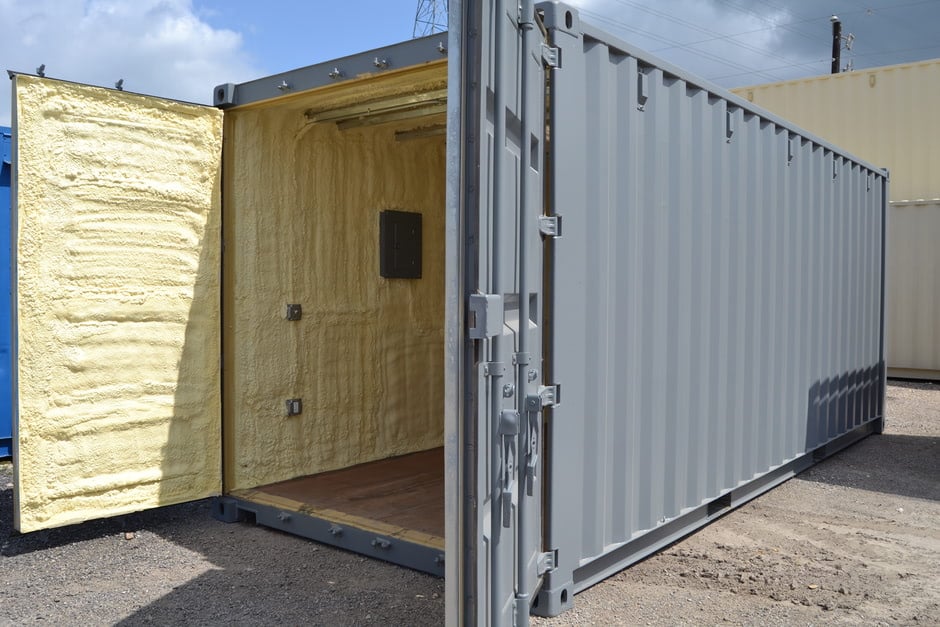
How to Insulate a Shipping Container from Heat and Cold
4 Types of Insulation Materials for Shipping Container Homes. 4.1 Expanded Foam Insulation. 4.2 Insulating With a Blanket. 4.3 Denim Insulation. 4.4 Cork Insulation. 5 5 Factors To Consider Before Insulating Your Shipping Container. 5.1 Climate Of The Area. 5.2 Vapor Barrier. 5.3 Heat Or Cooling.
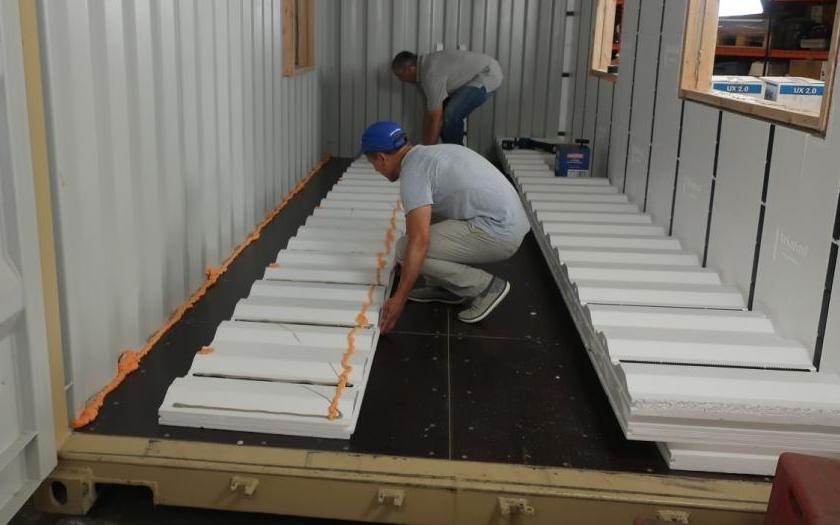
Interlocking Shipping Container Insulation InSoFast
Modified shipping containers are used for multiple applications and in many regions across the United States—all the way from the heat of a Texas summer to the frigid cold of a Minnesota winter. You may be wondering how to insulate a shipping container to stay cool and warm in these climates. The solution is simple.
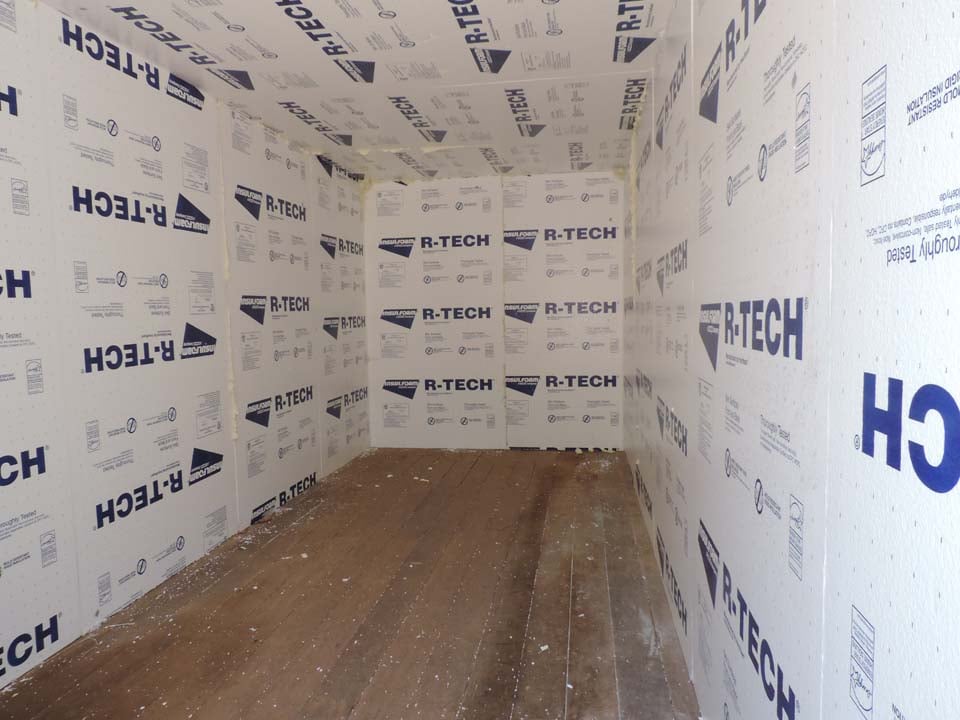
Shipping Containers and How to Insulate Them
2 Types of Shipping Container Insulation. 2.1 Blanket Insulation (Batt and Rolls Insulation) 2.2 Spray Foam Insulation. 2.3 Glass Wool Insulation Blanket. 2.4 Expandable Foam Insulation. 2.5 Traditional Roll Insulation. 2.6 Loose-Fill Insulation. 2.7 Cork Insulation. 2.8 Batt Insulation.
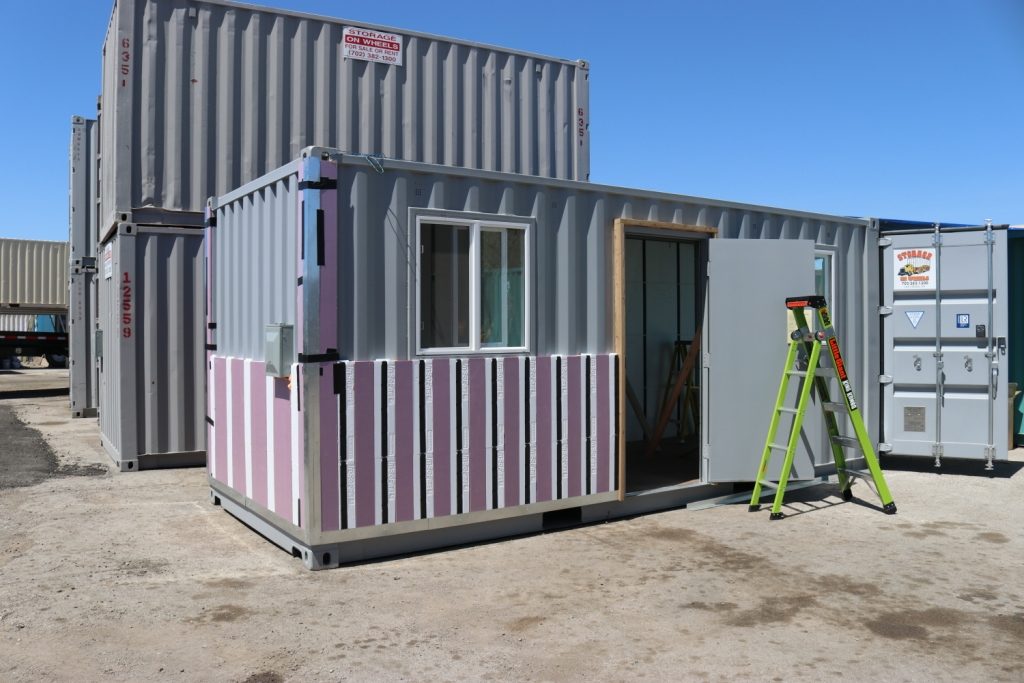
External Insulation Shipping Container InSoFast
Reflective roofs are the best when it comes to cooling down shipping containers, especially in tropical areas. When the cool breeze hits the raised roof, it takes away the hot air, hence reducing the temperature in the container. 7. Eco-Friendly Insulation Materials.
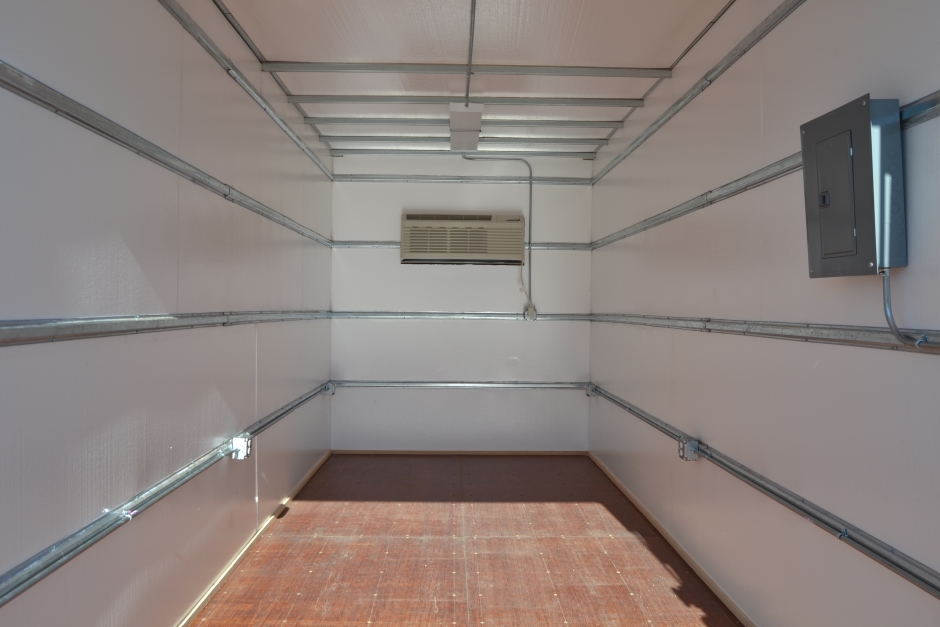
How to Insulate a Shipping Container from Heat and Cold
We offer shipping container kits for orders that universally work with 20' and 40' containers with either 8' or 9' high cube ceilings, or we can create a customized kit for a unique project. To order InSoFast foam board insulation for shipping containers, reach out online or by phone at (888) 501-7899.

Insulation kits for your 20 foot, 40 foot Shipping Container — Super Cubes
InSoFast Interior Architectural Submittal Sheet. pdf. EX2.5 Flat Panel Exterior Details. EXe 2.5 zip file. EXe 2.5 Flat Panel Details (Exterior applications) dwg. dfx.
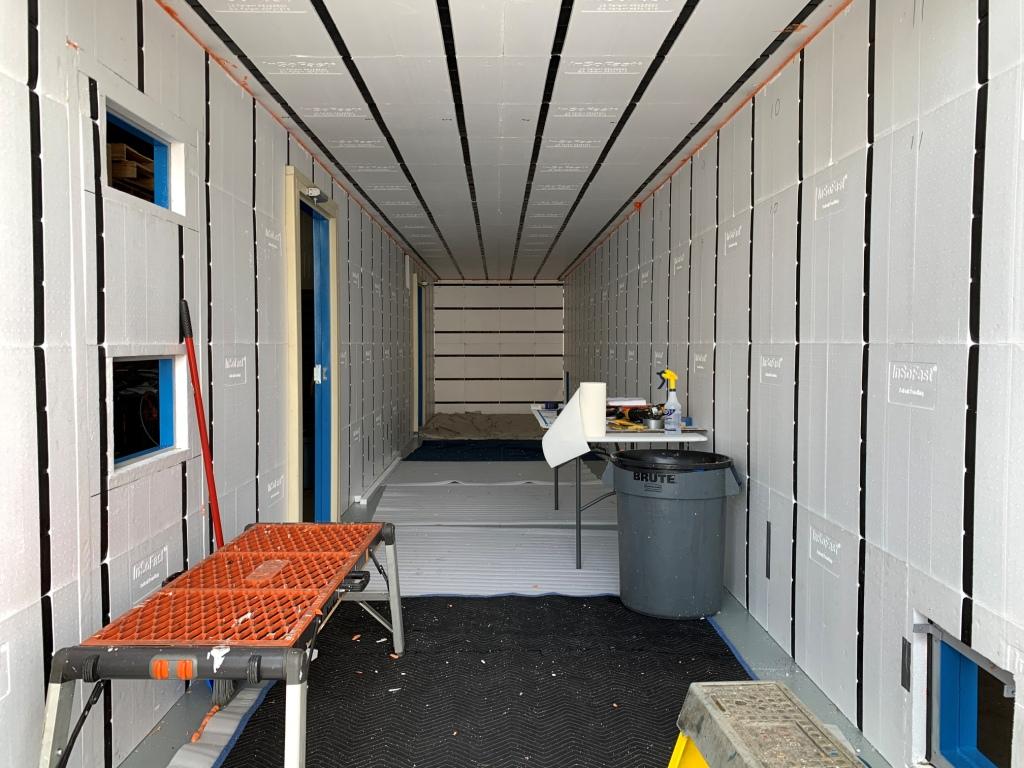
Insulation Panels for Shipping Containers InSoFast
Fiberglass Insulation In A Shipping Container - Loss of R-value Once fiberglass insulation gets wet (and it will get wet, due to condensation) it will lose R-value! Water trapped between fiberglass insulation and the exterior of a container will also cause mold, fungus growth, rust and oxidation - Conditions that will degrade the metal and.
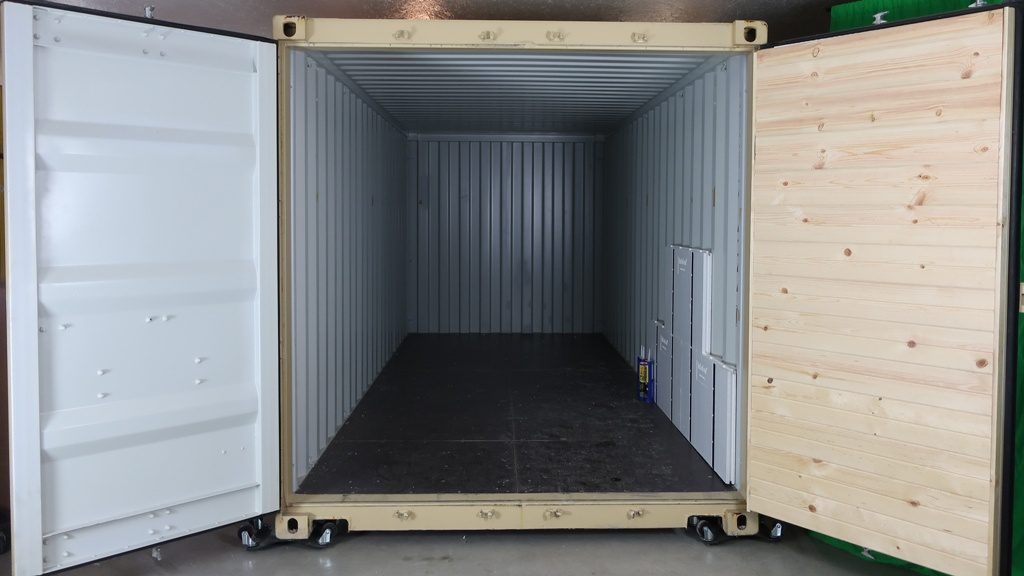
Buy Shipping Container Insulation Panels in Plano, TX InSoFast
An insulated container just maintains the initial temperature and protects the interior from exterior conditions. Reefers are used for climate-controlled storage and keep goods cold, frozen, or at a specific temperature during long-distance shipping. Insulated containers are often used in the retail market.

Shipping Container Insulation Options
Closed-Cell Spray Polyurethane Foam (ccSPF): The most common shipping container insulation, and what we recommend for the majority of owners. This type of spray foam insulation provides one of the highest R-values per inch and forms a nice vapor retarder. There is some concern with off-gassing after spray application, so be sure to check with.
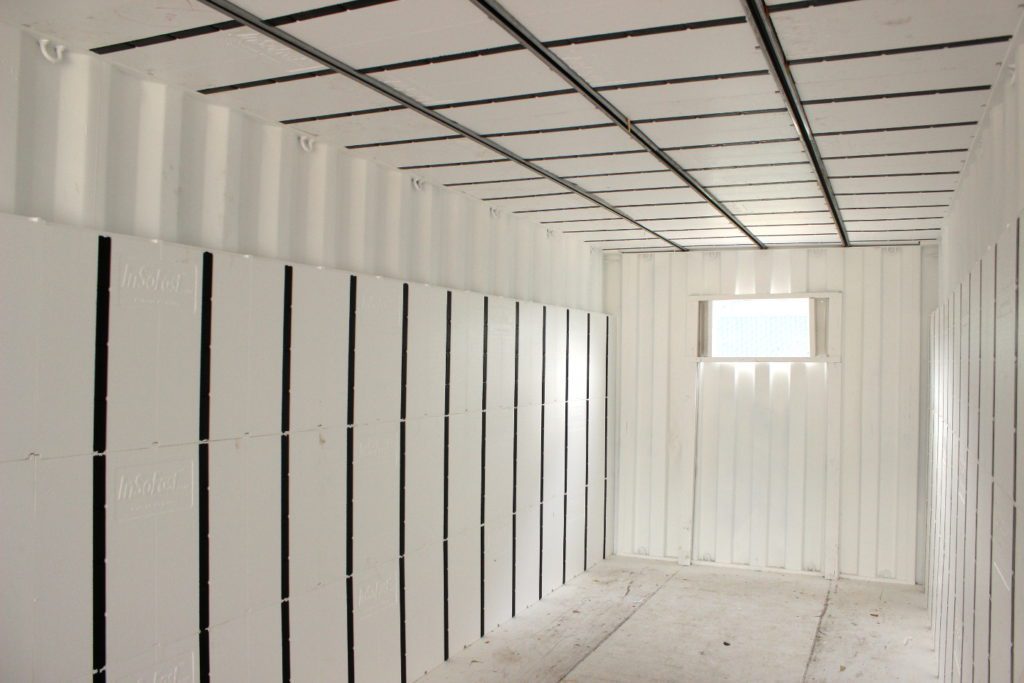
Buy Shipping Container Insulation Panels in Massachusetts InSoFast
The framing and layer of drywall or plywood required over top of the insulation add up. However, if you plan to use your container as a shipping container office, this is the best option to maintain a comfortable temperature. Batt insulation has an R-value ranging from 13 to 19 and will last up to 100 years.
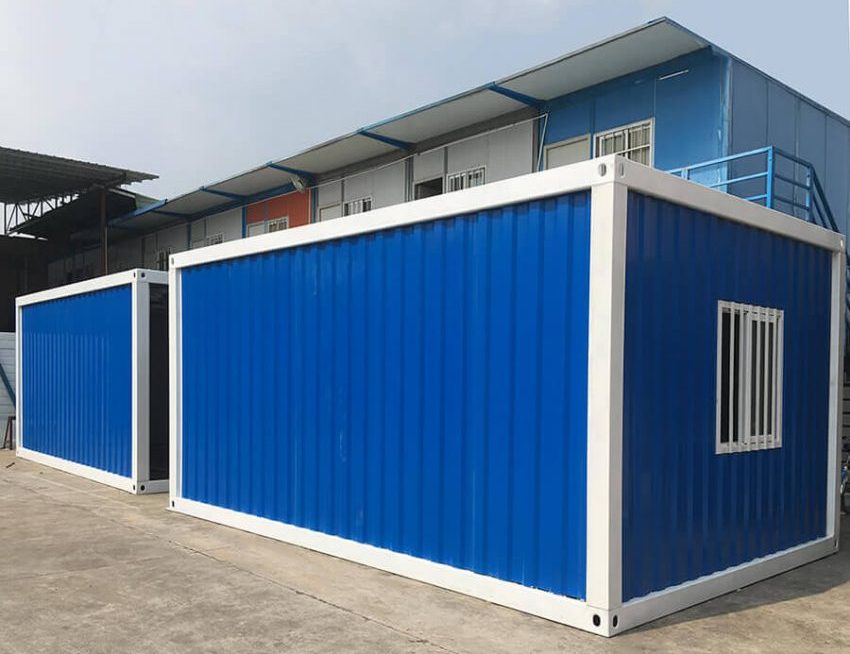
How to Insulate a Shipping Container The Ultimate Guide in 2020 jjchouses
Cost of Insulating a Shipping Container. Planning your budget for insulating your shipping container is a no-brainer. Sure, there are upfront costs, but remember, it's more than that. It's about picking the right insulation, considering the size and state of the container and thinking long-term about how the insulation can pay you back over.
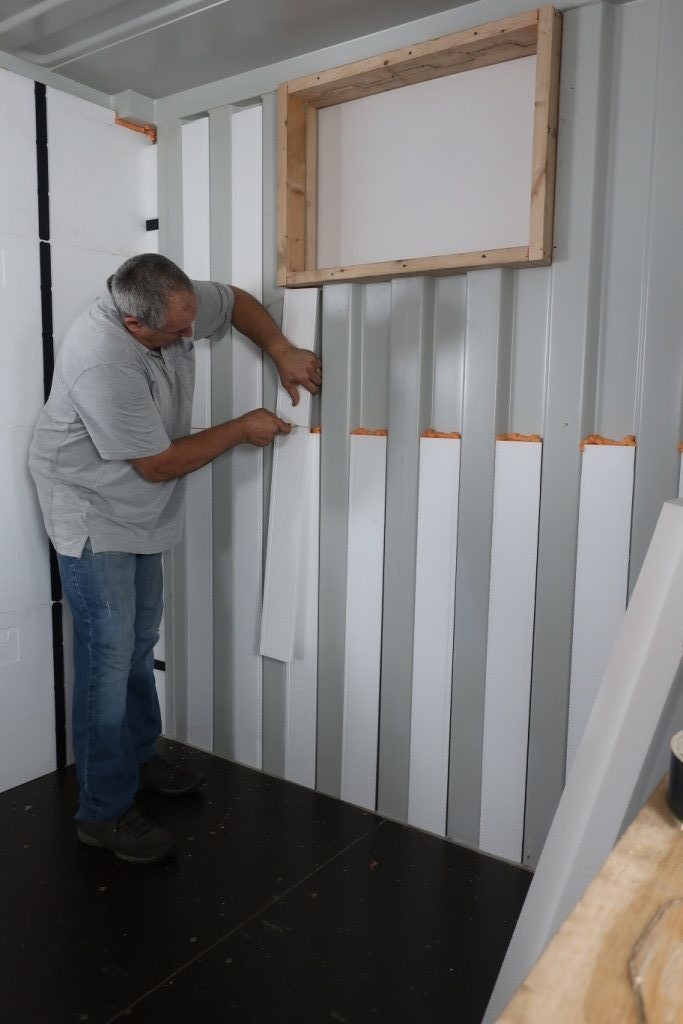
Buy Shipping Container Insulation Panels in Los Angeles, CA InSoFast
Conclusion: Insulating a shipping container is a crucial step in creating a comfortable and energy-efficient space. By understanding the importance of insulation, selecting the right materials, and following proper installation techniques, you can transform your container into a functional and inviting environment. Take the time to plan.

A Few Tips for Insulating Your Shipping Container YES Containers
A shipping container is an ingenious way to resolve a shortage of space. Whether you need room to house your family, store extra belongings, or run a business, a shipping container provides the structure you need, and InSoFast preformed insulation is designed to fit shipping containers for an easily and affordably completed project.. InSoFast insulation panels are thermally stable, non-porous.
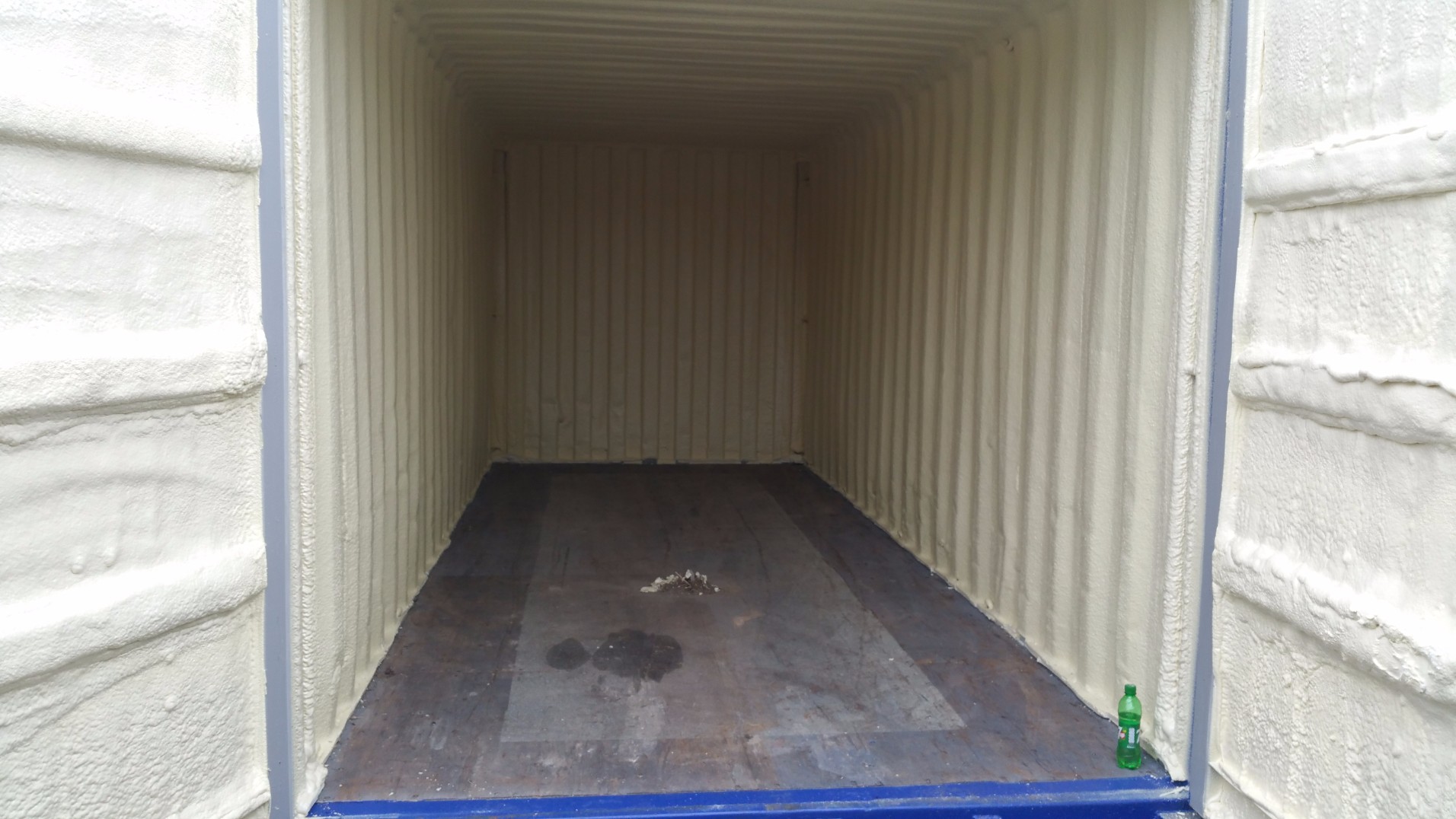
Shipping Container Insulation Experts Spray Foam Services
InSoFast continuous insulation products can insulate your ENTIRE shipping container project. Habitable living spaces, portable commercial offices, retail pop-ups, or specialized storage needs - InSoFast has you covered! Interior and Exterior Walls. We got options! CX 44 Panel is shaped to fit the ridges offering a one-step installation.

How to insulate shipping container homes Container Living
Lite weight, thin and flexible. Reflective insulation designed for shipping containers. Easy to install. Seals around nails. Same day shipping. Best price. Easy online ordering.
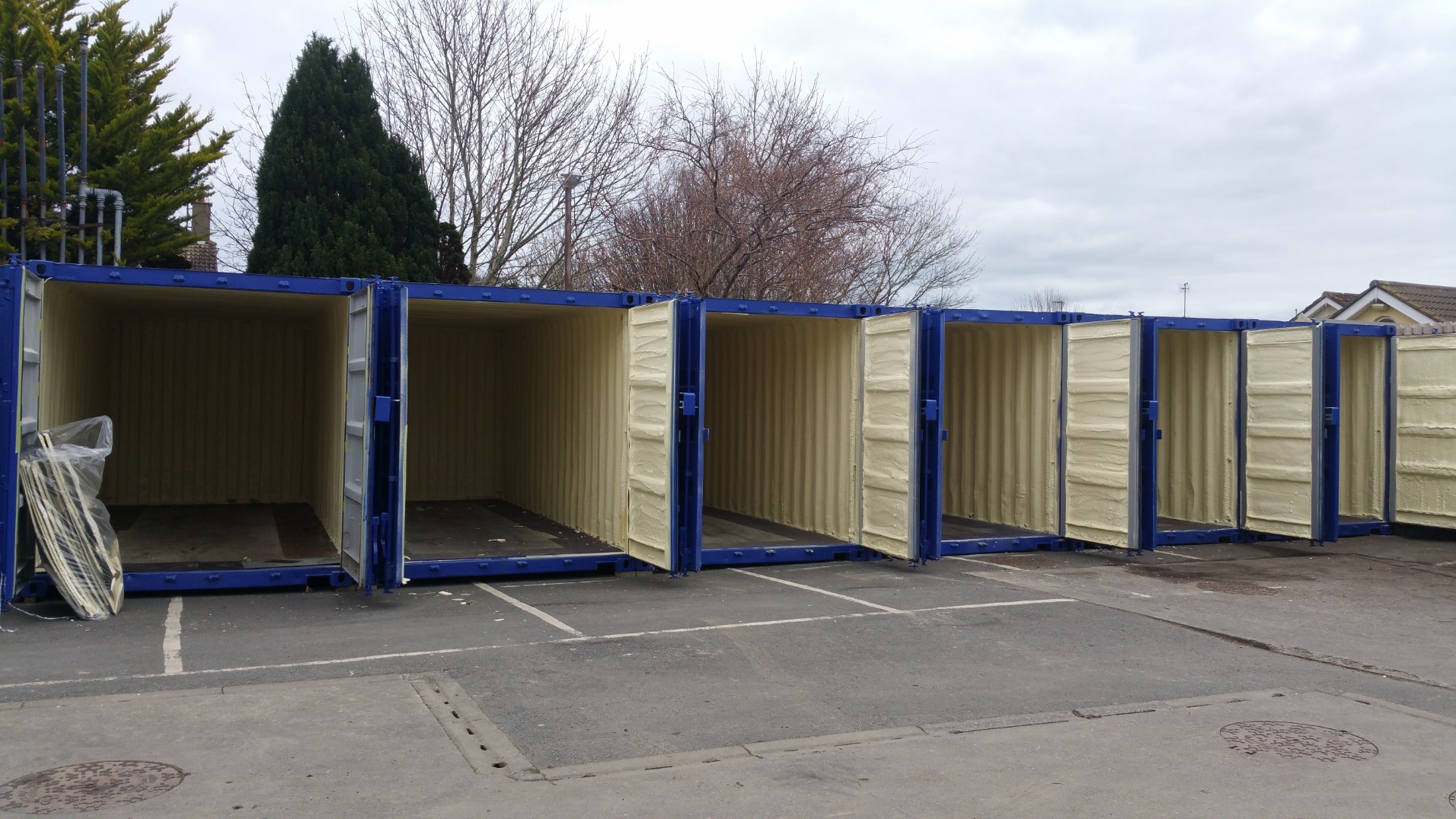
Shipping Container Insulation Experts Spray Foam Services
The cost of insulating a shipping container depends on factors such as the size of the container, chosen insulation material, and labor costs. As a rough estimate, insulating a 20ft shipping container can cost between $1,500 and $5,000, while a 40ft container may range from $3,000 to $8,000, including materials and labor.